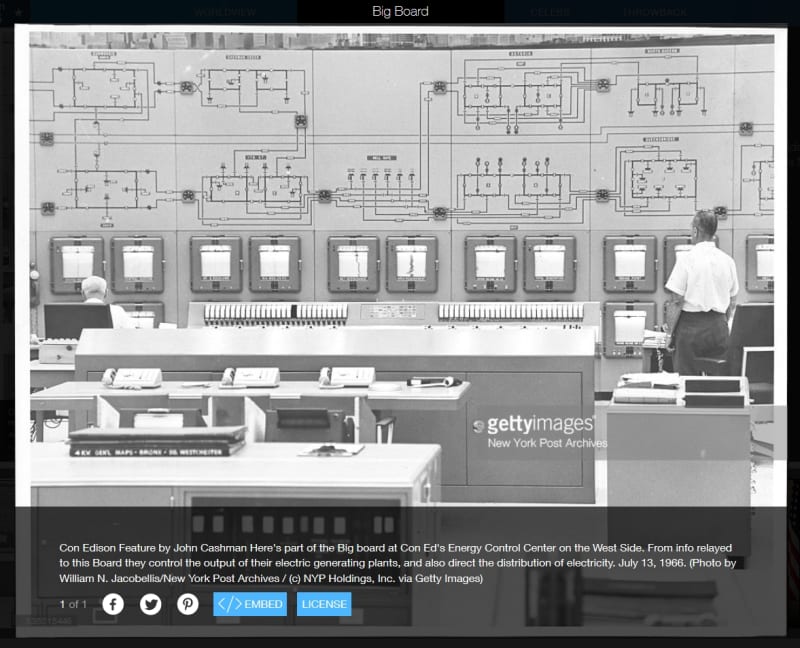So, what I think I can opine on, without rereading the NERC document, is this:
Protection must be designed to clear all faults in the zone of protection without reliance on communications. I've long, long considered line protection to be a pyramid.
We always get the base, stepped distance. I've come to the point of only using directional ground overcurrent when I have no better options and using ground distance anywhere I can. That could be a lengthy thread all to itself, kind of a religious war, like iOS vs. Android, but suffice it to say that I've never added directional ground overcurrent to a relay with ground distance, but have a number of problems that I can't solve until the existing relays get replaced with ground distance capable relays. On top of that base layer I then lay a layer of Mirrored Bits DUTT/POTT/(BFTT/RDTL). Some places the third bit is breaker failure trip and other places it is remote drive to lockout and breaker failure results in a bit 1 direct trip together with a bit 3 DTL. Then if the stars align the apex of the pyramid is line differential. I've seen others that will hollow out the pyramid, but I can't think of any examples where we have.
So, back to Astoria. From what I've pieced together, ConEd had a line that terminated in a ring (or pseudo-ring) at Astoria and included current limiting reactors in the line. I don't know the remote end or the configuration there. Considering it as a ring, there are two breakers of interest; everything between them is part of the line. That "everything" included a set of VTs. Don't know if they were wound or capacitive. One failed. The local end opened but the remote end didn't. The failure of the remote end to trip was attributed to the "unlikely" simultaneous failure of two independent communications paths, one on ConEd comms and one on a communications services provider's system. Both failures were attributed to comm equipment power supply failures triggered by the power system fault. No comms, no tripping.
But then, well over 4 minutes in, something changed and the remote end finally tripping. Accepting that the remote end tripped rather than being opened there are a couple of possibilities.
One is that current limiting reactors in the line (see above about no secrets) failed/some how bypassed and the fault impedance suddenly reduced. The other possibility is that fault characteristics changed. Given the way things happen, the most probable is that the fault spent most of the time as a 3LG fault and then lost one or two phases. It probably started 1LG, but quickly (faster than non-comm tripping time from the remote end) evolved to 3LG. We like to talk about 3LG faults, but the remote end only sees 3L, no G.
Burn, baby, burn. Set the night on fire...
Eventually something burns out. Maybe one phase drops out, maybe both phases that aren't connected to the failed VT drop out. May not matter, haven't seen the event reports (if the relays in question even produce event reports). But now a ground relay that was blind to the 3LG fault has a chance to do something. And it did. Wouldn't be a ground element with an instantaneous trip or it would have tripped right at the very beginning before the fault evolved. No idea how long between the start of residual current and the trip.
Clearly if you can't clear a remote 3LG fault without comms, you open yourself up to rather interesting event.
Would much rather read the resulting reports than have to write them... But the investigation could be very interesting.
I’ll see your silver lining and raise you two black clouds. - Protection Operations


![[bigsmile] [bigsmile] [bigsmile]](/data/assets/smilies/bigsmile.gif)
